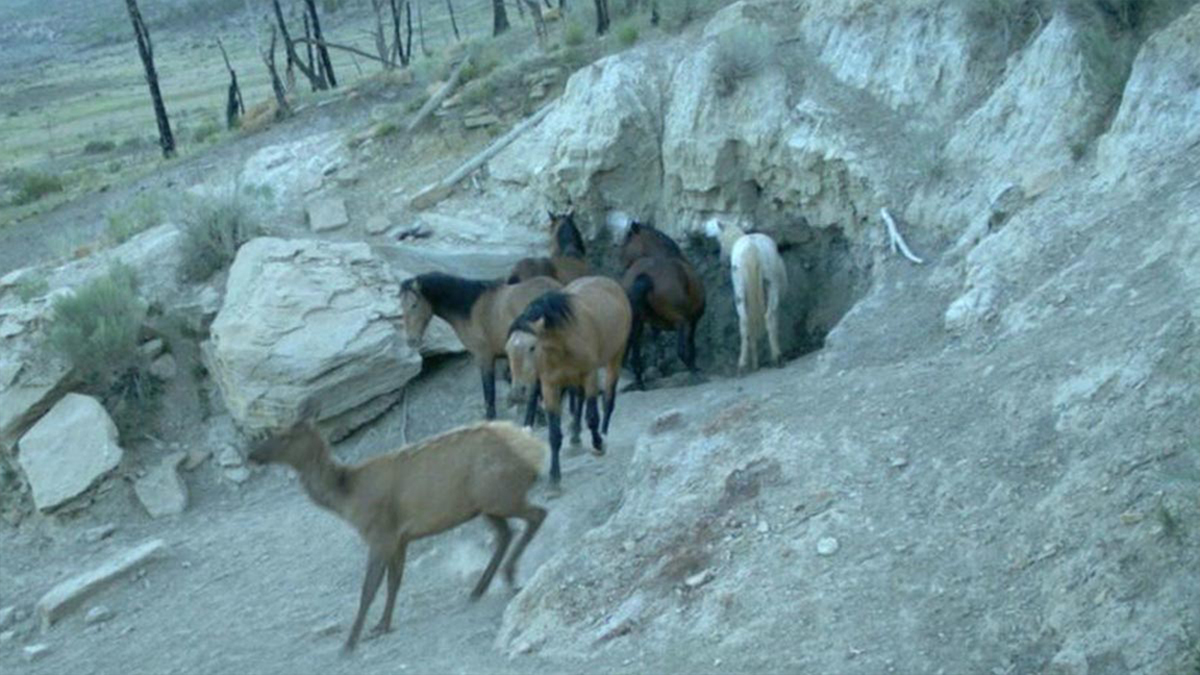A new report created by the Property and Environment Research Center (PERC) and supported by the Rocky Mountain Elk Foundation shines a spotlight on the increasingly dangerous and costly issue of wild horses and burros. Today, there are about 73,000 animals on public rangelands, which is nearly three times the sustainable threshold of 27,000.
The reports states those unsustainable levels put intense pressure on ecosystems by degrading forage and soil, damaging riparian areas, competing with native wildlife and imperiling endangered and threated species. And the horses and burros themselves risk death at times by starvation or thirst.
“According to professional wildlife managers, wild horses and burros exceed appropriate management levels in 86 percent of the herds that exist across the West. Their impact on native wildlife is devastating,” said Blake Henning, RMEF chief conservation officer. “Diverting these animals to private homes is the fiscally and socially responsible thing to do, and incentives for adoption that cost a fraction of what holding costs do is a prudent policy direction for the federal government to pursue.”
PERC says the Bureau of Land Management’s adoption program helped more than 15,000 wild horses and burros be adopted, saving taxpayers more than $400 million in avoiding holding costs over the lifetime of those animals.
(Photo credit: Bureau of Land Management)
